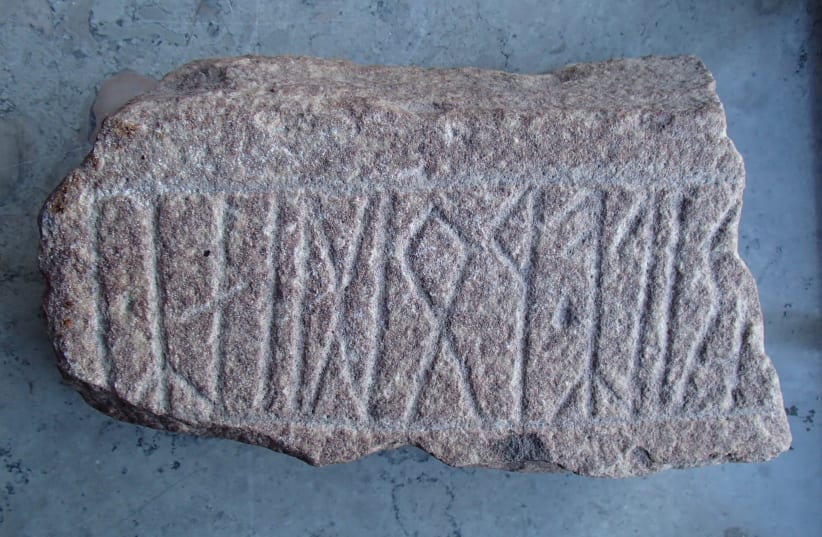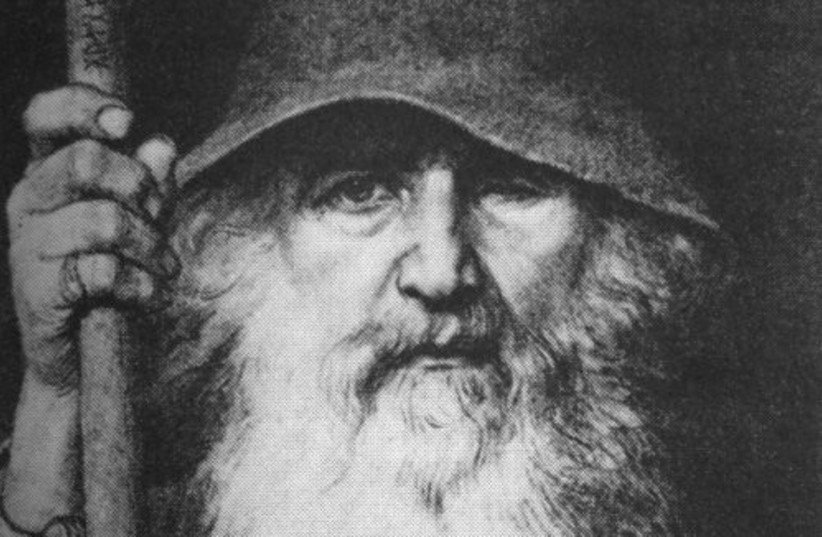Scandinavian scientists have identified the oldest-known inscription referencing the Norse god Odin on part of a gold disk found in Denmark, they said on Wednesday.
Runologist Lisbeth Imer from the National Museum in Copenhagen said that the inscription was the first tangible evidence of the worship of Odin as early as the 400s CE, over 150 years before the previously oldest known reference, found on a brooch in Germany dating back to the late 500s.
The disc was part of a trove - the Vindelev Hoard - containing some 2.2 pounds of gold, large medallions and Roman coins made into jewelry, found in Vindelev in central Jutland.
The Vindelev Hoard is believed to have been buried 1,500 years ago to conceal it from enemies or as a tribute to the gods. A golden bracteate, or pendant, was found with an inscription reading "He is Odin's man," with the name or nickname “Jaga” or “JagaR,” probably referring to a king or ruler, according to linguist Krister Vasshus.
The discovery “can tell us something about the relationship people had with their gods and possibly even how divine rulership was organized in Scandinavia at this time,” said Vasshus.
Some traditions in the Norse religion consider Odin to be the “Allfather” or ruler of the gods.
“Odin is highest and eldest of the Æsir [the primary group of Norse gods]: he rules all things, and mighty as are the other gods, they all serve him as children obey a father,” the Prose Edda, one of the main sources of Norse mythology, says, according to NBC.
“This is the smoking gun for Odin’s presence in Scandinavia as early as the 5th century. In the proper sense of the word, it’s historic.”
Simon Nygaard, assistant professor at Aarhus University
“This is the smoking gun for Odin’s presence in Scandinavia as early as the 5th century,” Simon Nygaard, an assistant professor at Denmark's Aarhus University who teaches pre-Christian Nordic religion, told NBC News. “In the proper sense of the word, it’s historic.”
During the Viking Age, from 793 to 1066, Norsemen called Vikings raided and colonized lands and traded across Europe, even reaching North America.
“That kind of mythology can take us further and have us reinvestigate all the other 200 bracteate inscriptions that we know,” said Imer.

